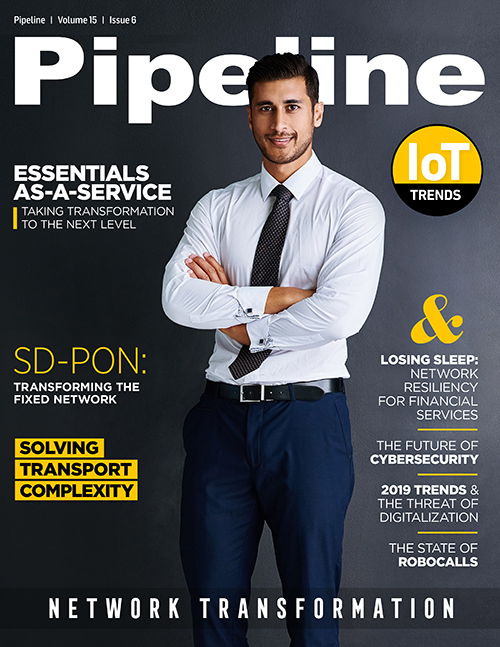IoT Trends
Additional potential for profits also lies in voice interactivity, which means making voice a premium option within the existing safety and security system or a complete home management solution. Voice security can be implemented in a few ways. It allows the system to be armed and disarmed only by predesignated individuals. It can also be used in two-way communications with the monitoring center. Lastly, specific code words can be designated to indicate the level of emergency, be it suspicious noises, fire, or a medical emergency.
Forecast: Healthcare will increase its IoT dependency
Healthcare has increased its use of IoT medical devices—primarily for patient monitoring and maintenance—to improve patient care as well as to optimize processes and reduce expenses. According to a recent survey, the global IoT healthcare market (mainly IoT devices for remote monitoring) should reach $169.3 billion by 2020, and 87 percent of healthcare organizations will use IoT technology in 2019. But as the population ages and standard hospital admission costs go through the roof, how can consumers use IoT to their advantage?
How to leverage this opportunity
Operators can fill the rapidly rising global demand for PERS systems. Demand is propelled by higher life
expectancy, the resultant rising costs and pressure on the public healthcare system, the increasing need for seniors to be able to maintain self-sufficiency and independent living for as long as
possible, and the increase in usage of smartphones among younger seniors.
Imagine if seniors living alone could use smart devices in ways that protect their health or dispatch help. Such a smart device could send an immediate alert after a fall or request help in case
of an emergency. Self-learning systems for seniors could learn their patterns and report anomalies—like someone suddenly increasing bathroom visits or reducing trips to the kitchen due to
illness—with the potential for reducing costs further by catching illnesses in the early stages before it may require hospitalization.
Forecast: The IoT market will grow massively across the board
Currently 3.6 billion devices are performing daily tasks—and this number is only growing. The number of devices in use causes so much traffic that, to ease the congestion, operators must be prepared to make the 5G network a reality. Experts predict that retail, healthcare, and supply chain industries will experience the biggest IoT growth. Retailers are using IoT to better personalize customer interaction, healthcare is promoting wearable devices to track and monitor, and supply chains are taking advantage of smart logistics tracking.
How to leverage this opportunity
IoT profit is waiting for operators across niches. Offering end-to-end IoT lifestyle solutions is a rapid way to increase ARPU and expand your customer base. By using a service provider, consumers get both a system that works and ongoing support and connectivity to another service already offered by the service provider.
And the potential for operators to offer connected home service offerings on top of mobile, broadband, cable, triple-, or quad-play services simply offers another way to satisfy customers’ lifestyle needs while generating new revenue streams.Forecast: The IoT voice world will enjoy continued growth
Amazon’s Alexa, Apple’s Siri, Microsoft’s Cortana and Google Assistant have integrated voice in IoT devices, resulting in new and simpler user experiences. Twenty percent (47.3 million people) of American adults already have smart speakers, a figure that’s expected to increase by 50 percent.
How to leverage this opportunity
All major technology players are launching voice activation products combined with artificial intelligence to bridge the gap between technology and human interaction.
Operators can offer “voice assistants” to help consumers manage anything from their alarms to power consumption, from controlling the lighting to turning garden sprinklers on or off while away, all via simple voice commands. An always-active technology that recognizes preset vocal commands and triggers specified actions enables senior residents to receive emergency attention in situations where they are unable to activate a panic button. This technology gives a major boost to a senior care market that has remained largely stagnant in its ability to move past the basic panic button technology.
The opportunities for operators in IoT are really endless. It’s just a matter of getting started.


















